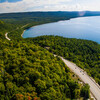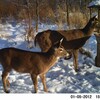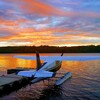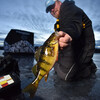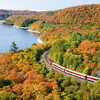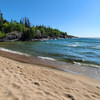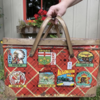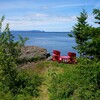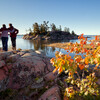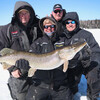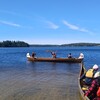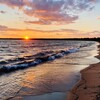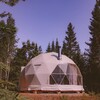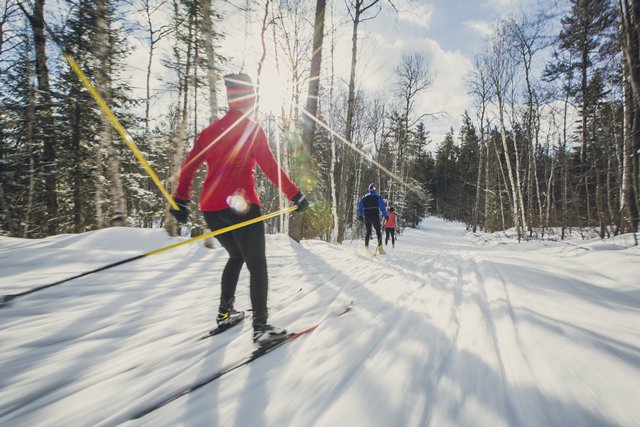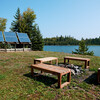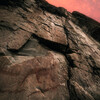

5 Things I Love About Being a Nordic Ski Patroller
People who enjoy winter are a rare bunch. Instead of choosing to hibernate, they wake up hours before sunrise, bundling up in countless layers to get out in the cold, sometimes in harsh temperatures, and are excited about playing in freshly fallen snow.
And then there are ski patrollers who are all about that, not only for the love of snow sports but are dedicating their day, typically the weekends, to helping people.
Another rare bunch are Nordic patrollers. Yes, as in ski patrol for cross-country ski resorts!
While this is my 3rd season with the Canadian Ski Patrol (CSP) as a Nordic patroller, I lost count of how many times people said, “I didn’t know there were Nordic ski patrollers!” Or “I thought ski patrol was only for alpine/downhill resorts!”
As one of the 4,000+ volunteer CSP members across the country, there’s a lot of joy that comes with this uniform, to be among others who also love this season (proud winter person over here), and from being part of this community. I’ll share five things I love about being a ski patroller, especially one of the few on cross-country skis (and sometimes on a snowboard or snowshoes!) in Ontario.
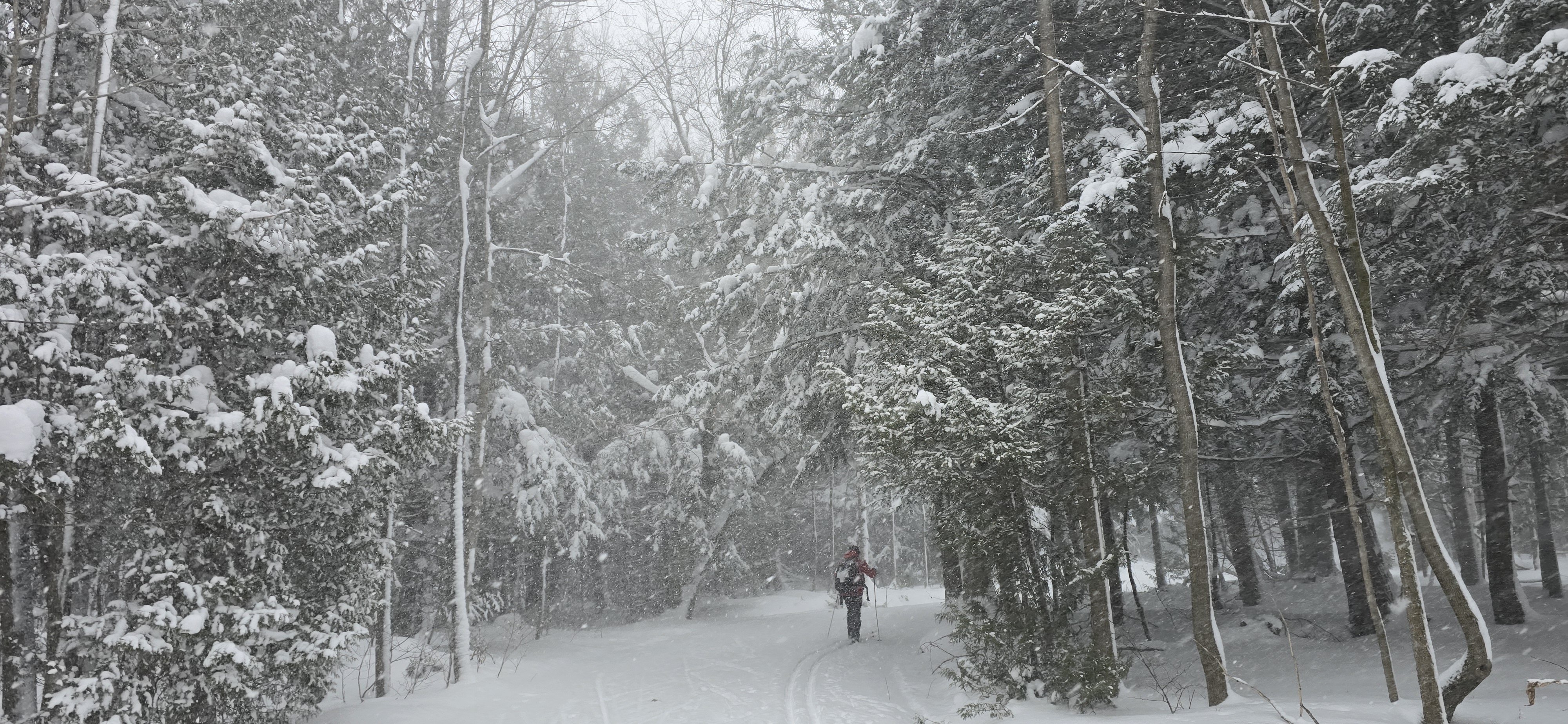
1. I'm learning essential skills for life.
The Canadian Ski Patrol is federally accredited to provide first aid training in Canada, where members complete advanced first aid (AFA) training. In addition to AFA training, there’s also on-snow training and recertification testing every year to maintain active ski patroller status.
The skills acquired through the CSP training program go beyond the hill or trails and help with being better prepared for unforeseen situations, accidents, or emergencies that life often comes with.
What complements the extensive CSP training and testing are the experienced patrol leaders. Their wealth of knowledge, on and off snow experiences, often from dedicating double-digit years of service to the CSP, and supportive, compassionate nature for humanity makes them some of the best teachers I’ve ever had.

At the resort I ski patrol at, Highlands Nordic in Duntroon, Ontario, my patrol leader, Andy Hueton, first joined CSP in 1982 and is dual certified as an alpine (skis and Telemark!) and Nordic patroller. With ski patrol experience at resorts throughout Ontario, I could not have asked for a better ski patrol mentor.
“Patrolling has taken me to local, provincial, national and international ski competition events. In 1995, I spent a week in Thunder Bay, patrolling the International Ski Federation (FIS) Nordic World Ski Championships. In 1997, our ski patrol team at Highlands Nordic provided first aid coverage for the Nordic portion of the Special Olympics. Thirty-four years of continuous patrolling went by awfully fast. I still love doing it, for the opportunity to interact with people, like me, who love the outdoors.” – Andy Hueton, Patrol Leader, Highlands Nordic and 2024 Central Zone Life Member Award recipient.
With our shared interest in paddling and the great outdoors, Andy and I often talk about what we learned from additional safety courses we’ve taken on our own, like swift water rescue, ice rescue training, and avalanche safety. There’s never a dull moment in the day of a ski patroller, especially when working alongside people who are enthusiastic about lifelong learning and how to stay safe in the spaces we play in.
2. It's helping people.
While CSP training prepares us to respond when accidents happen, helping people isn’t just the first aid stuff. It’s being a friendly face you can ask for help, whether you’re out on the trails or hanging out in the chalet. And with over 30km of ski trails and 8 km of snowshoe trails on over 100 acres of the Niagara Escarpment at Highlands Nordic, we often help point people in the right direction to get back to the chalet. People often stop to chat with us about our shared joy for being on cross-country skis and even comment on how nice it is to see us on the trails (especially the furthest trail from the chalet!) and not just at their local downhill resort.
The other location I sometimes patrol at, but on my snowboard, is Earl Bales Ski & Snowboard Center in Toronto. Operated by the City of Toronto, this urban ski hill helps to make snow sports more accessible with instructor-led programs and probably the most inexpensive lift tickets and rentals in Ontario! And with being located right in the heart of the city, accessible by public transit.
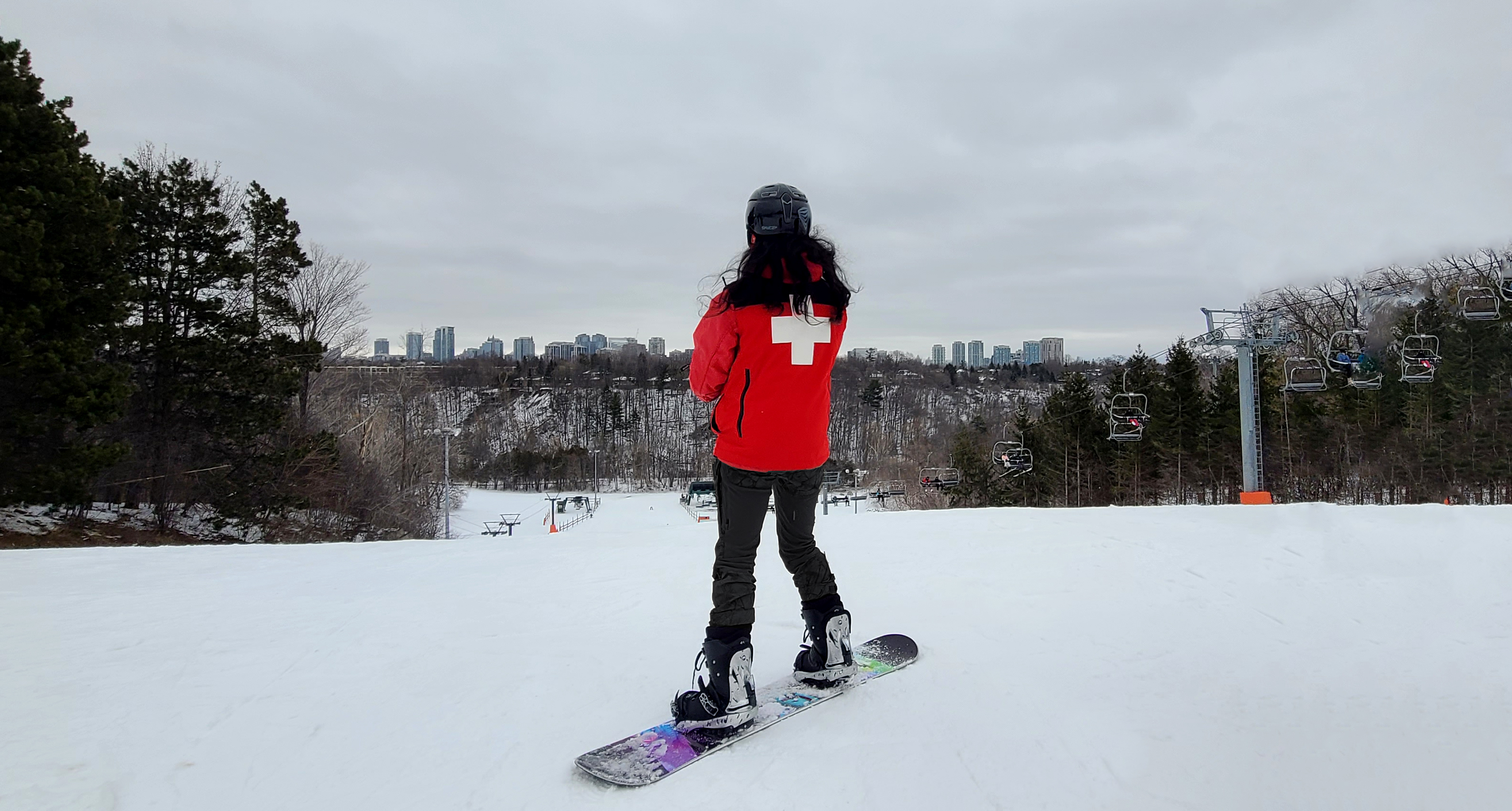
As someone born in Toronto and grew up not far from Earl Bales, this ski spot has a special place in my heart as most of the people we help here are not just new to snow sports, but it can often be their first time seeing snow or playing in snow. Helping people here can mean offering to take a photo of them on skis or a snowboard for the first time or sharing tips on how to get more out of winter with places to visit, gear recommendations, and words of encouragement as they embark on their snow sports journey.
Unlike Andy, my patrol leader at Highlands Nordic, I wasn’t born on skis. Other than the odd winter field trip in elementary school, I officially learned to snowboard in my university years only after saving up to get all the gear and to go on group-discounted snowboard trips to improve my snowboarding skills. So having a place like this in the city and now being able to contribute to the safety and fun of more people getting into snow sports is why ski patrol is more than just helping people through first aid.
Most people think of scenic mountain views from the top of a ski run but putting in a few runs after school or after work right in the city, with the skyline as the backdrop, is part of the charm of Earl Bales Ski & Snow Centre.
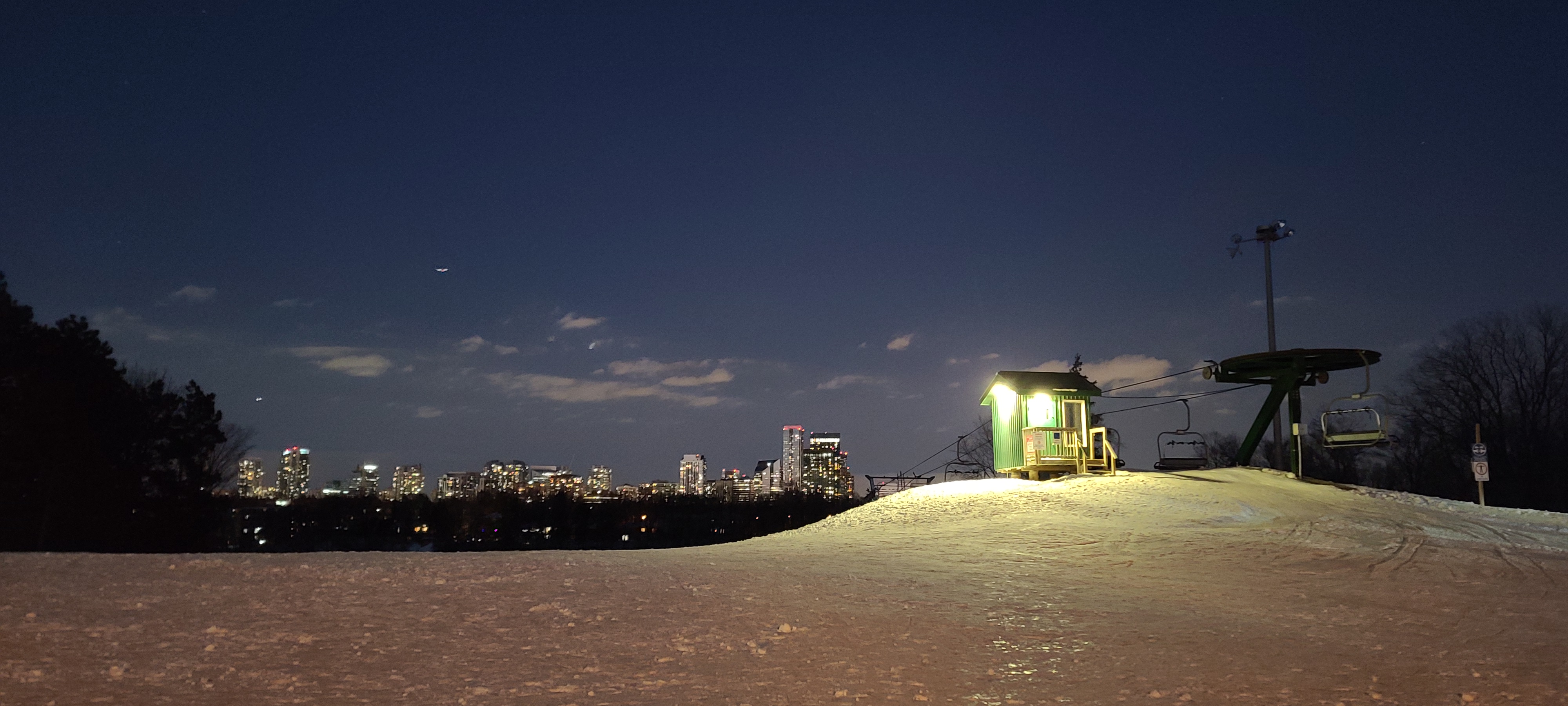
3. It deepens your connection with nature.
As a patroller at Highlands Nordic, I tell people I get to patrol Narnia. Situated on a UNESCO World Biosphere Reserve, Highlands Nordic is not just a winter wonderland but this beautiful outdoor centre that seems to always have Christmas card-worthy snowscapes (and I’m talking about the Christmas cards with the glitter! Andy can tell you all about how much I gush on every shift, “Oh my gosh! It’s SO PRETTY!!!!! THE SNOW!!!”) The winding trails lined with towering trees covered in pillowy snow makes this place a winter lover’s heaven.
While there’s no shortage of places to cross-country ski in Ontario, there are fewer Nordic resorts with CSP than alpine resorts. As a patroller, this adds to the I-patrol-Narnia vibe! I recently visited Kawartha Nordic in Peterborough County and met patrol leaders, Mark Wickham and Chris Davies. This was my first “visiting patroller” experience, where you can check out other resorts and put in a volunteer shift.
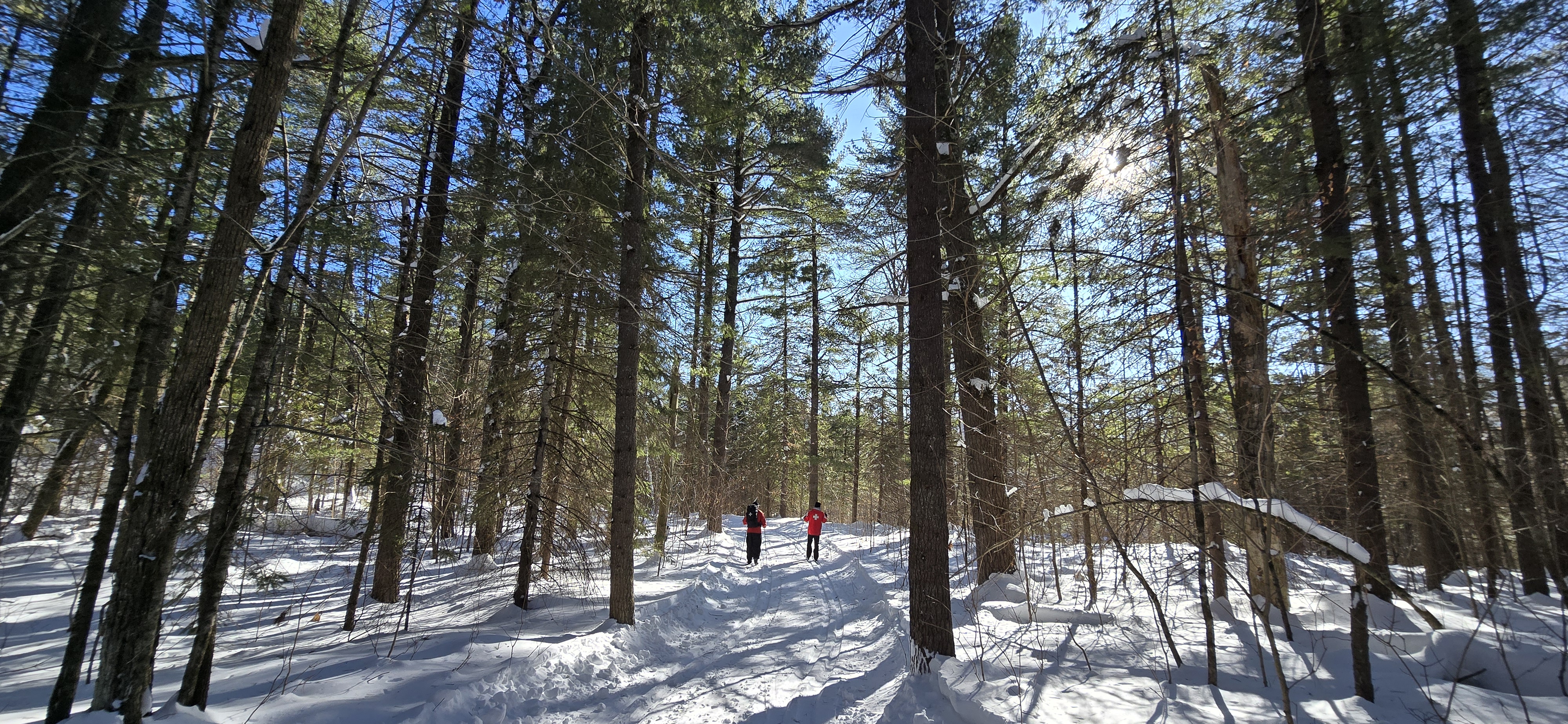
One of the features that stood out after spending a whole day at Kawartha Nordic was the abundance of animal tracks right along the track-set trails. Situated on the edge of the Canadian Shield in North Kawartha, because Kawartha Nordic connects to many large areas of Crown Land and parks like Kawartha Highlands Provincial Park, these connections serve as movement corridors for wildlife.
As a nature and wildlife enthusiast, skiing alongside Chris, who has extensive wildlife research experience for the province, meant I got to pick his brain about the local natural features (565 species of wildlife and 356 species of flora, with rare species and Provincially significant habitats) and the local-to-Ontario wildlife like polar bears (yes, polar bears live in Ontario 😊).
“I love being outdoors and seeing wildlife, and cross-country skiing is an excellent opportunity. It allows enjoyment of wildlife in their natural habitat.” – Chris Davies, Patrol Leader, Kawartha Nordic
Mark and Chris’ conservation background and wildlife expertise not only helped with spotting and identifying the many signs of wildlife along the ski trails, but you could see the connection between their love of the wilderness combined with their passion for promoting the safe and informed enjoyment of these spaces.
The pace of cross-country skiing compared to alpine activities also allows for increased learning opportunities and chances to spot wildlife like deer, foxes, beavers, owls, and more! (When you visit Kawartha Nordic, you’ll have to ask Chris in person about encounters with moose and elk!)
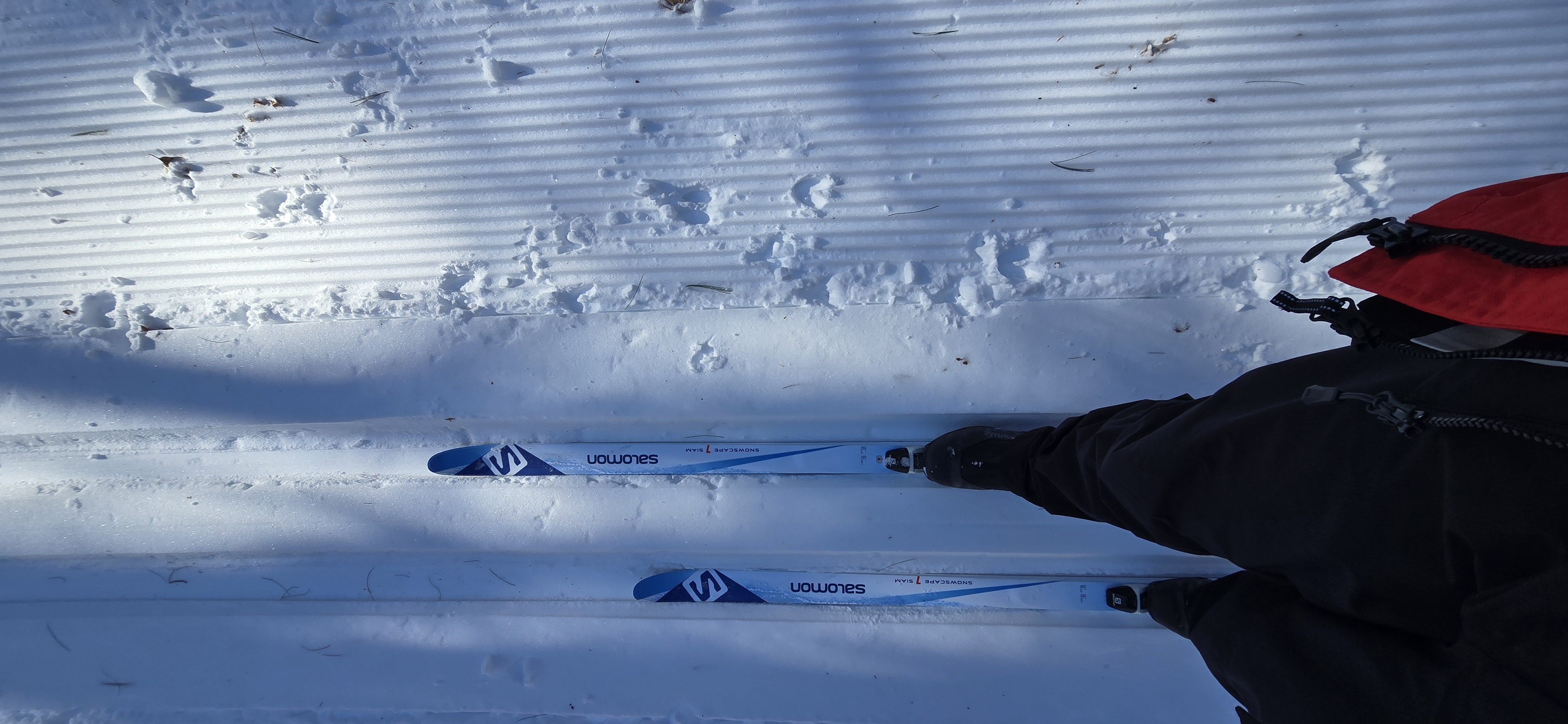
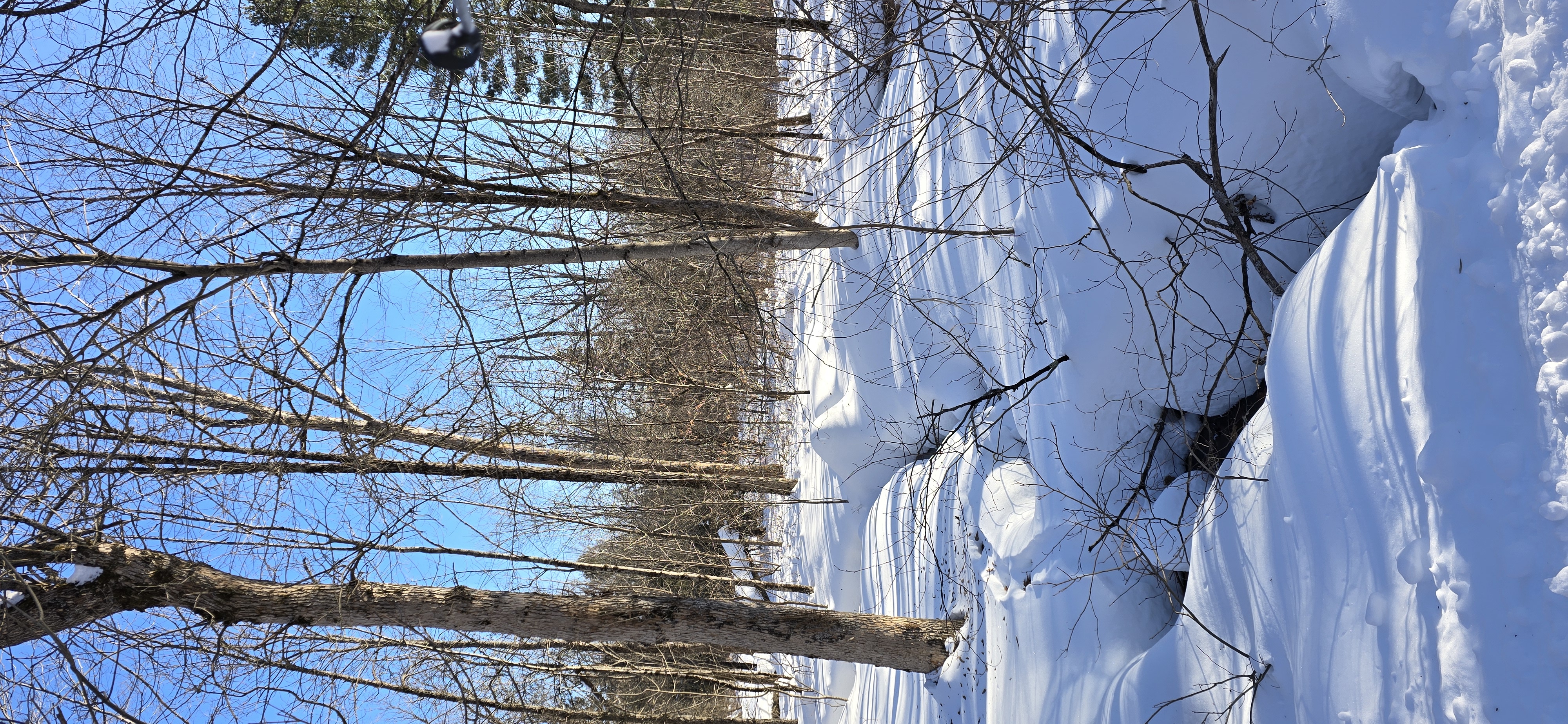
Check out the dedicated Natural Heritage webpage, report, and iNaturalist page to learn more about Kawartha Nordic’s ecosystem!
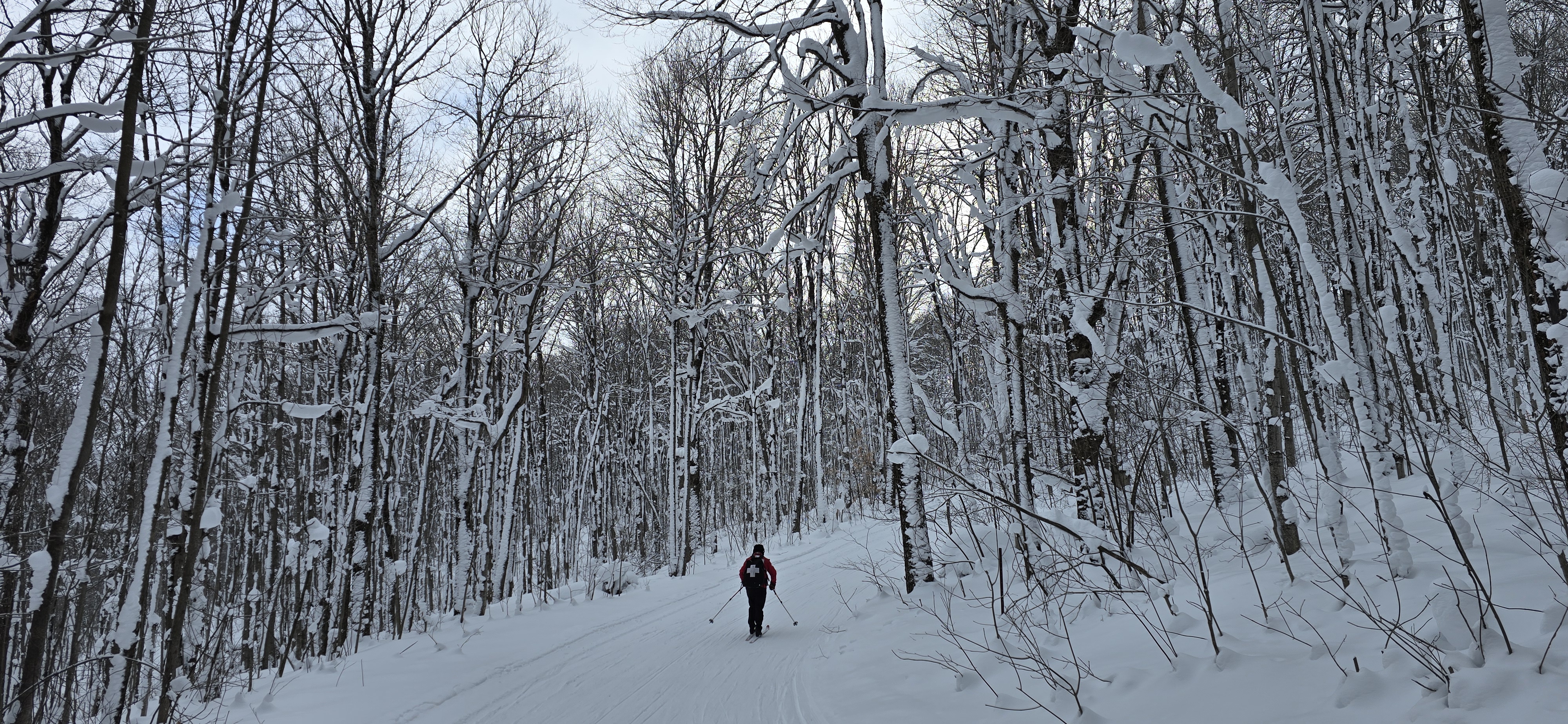
4. It's a different pace in a different place.
As much as I love snowboarding, cross-country skiing offers a different way of taking in snow-covered landscapes.
While yes, you can get passed by skate skiers on cross-country trails, especially those training competitively for loppets or biathlon (which I also love), one of the best things about cross-country skiing is being able to ski continuously, watching the number of kilometres climb on your smartwatch, all without the interruption of having to get on a ski lift, or worse – wait in the long lines during the weekend crowds.
Even on a busy weekend at Highlands Nordic, where multiple ski groups and families are all out at the resort, everyone spreads out on the property, and the trails are never as congested as some runs at alpine resorts.
“As a Nordic patroller, I get to engage with skiers in a different way. Alpine skiers (and snowboarders) get to chat with each other on the chair lift, while Nordic skiers can chat while skiing side by side on the trail.” – Andy
At Kawartha Nordic, there are cute, cozy little cabins with wood-burning stoves you can ski to and warm up in. Several species of birds fluttered and chirped about as the sun beamed through the branches of the trees just outside of the Laderach Cabin, adding to the enchanted forests of Narnia feeling.
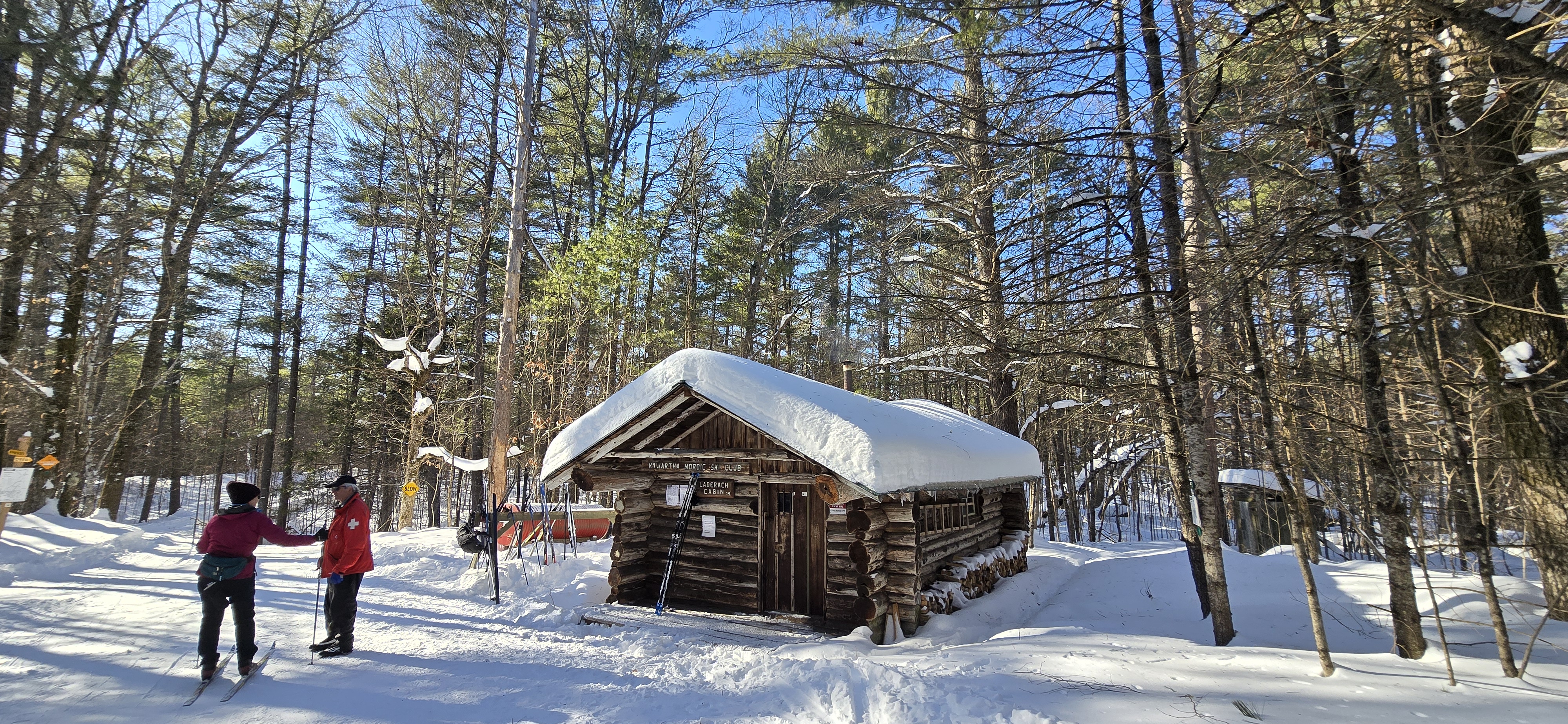
Mark also noted that being a Nordic patroller comes with a calmer approach, a more defined public to serve, and other skills needed because of the environment. For instance, Nordic patrollers have added responsibilities on rescues because of the distances involved in getting people out from the trails to be transported by EMS.
Another unique element of being a Nordic patroller is having the option of putting on snowshoes and patrolling the snowshoe trails for a change in scenery and terrain!
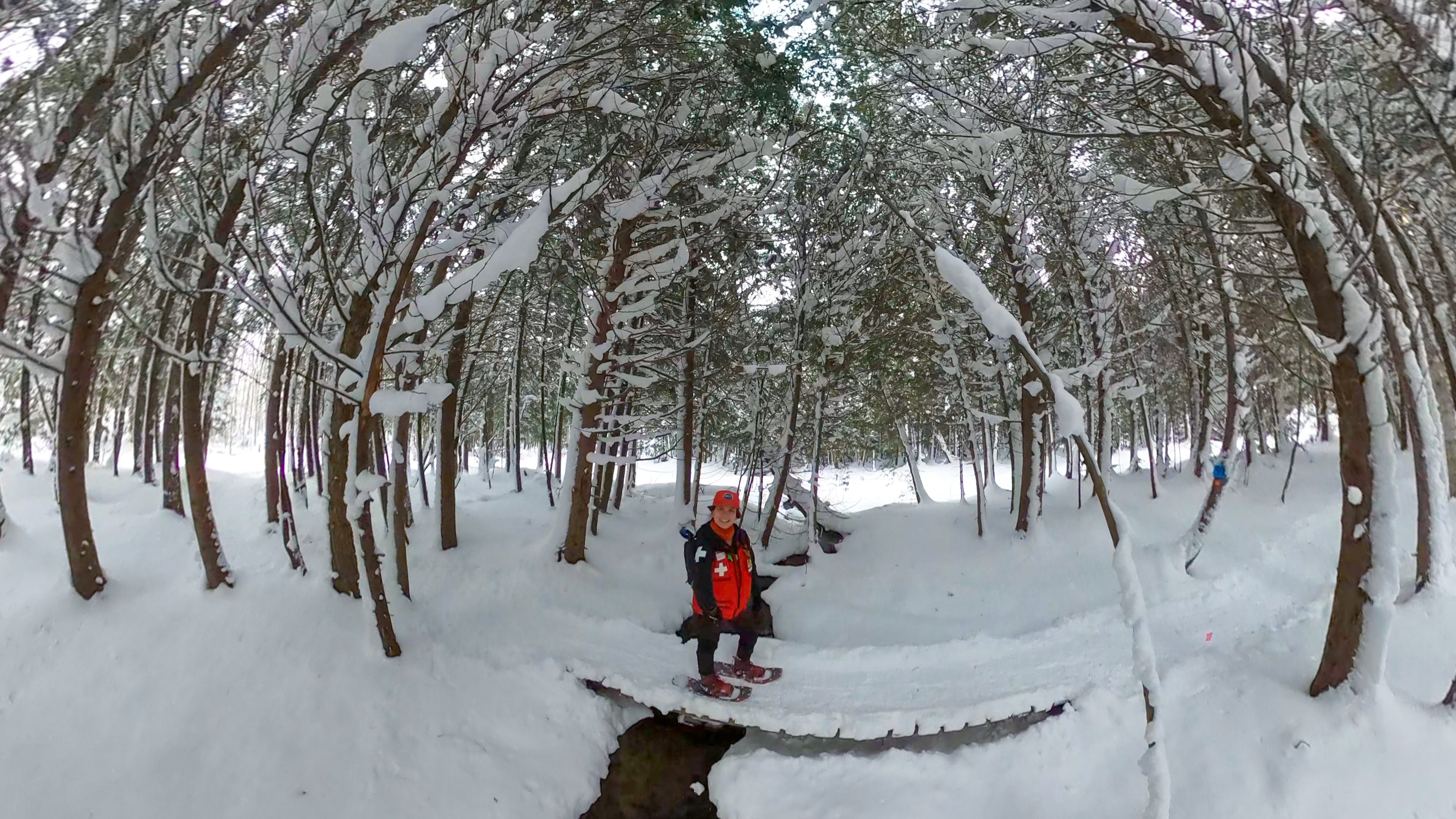
5. Being a patroller offers community across the province, country and beyond!
With 56 zones and nine divisions (with Ontario being one of the nine), being part of a nationwide community where most CSP members volunteer their time to be out on the slopes or trails to help people is quite special. And everyone is excited for snow and winter!
I look forward to exploring more cross-country trails and meeting more fellow patrollers, especially the Nordic teams who patrol Ontario’s Narnia.
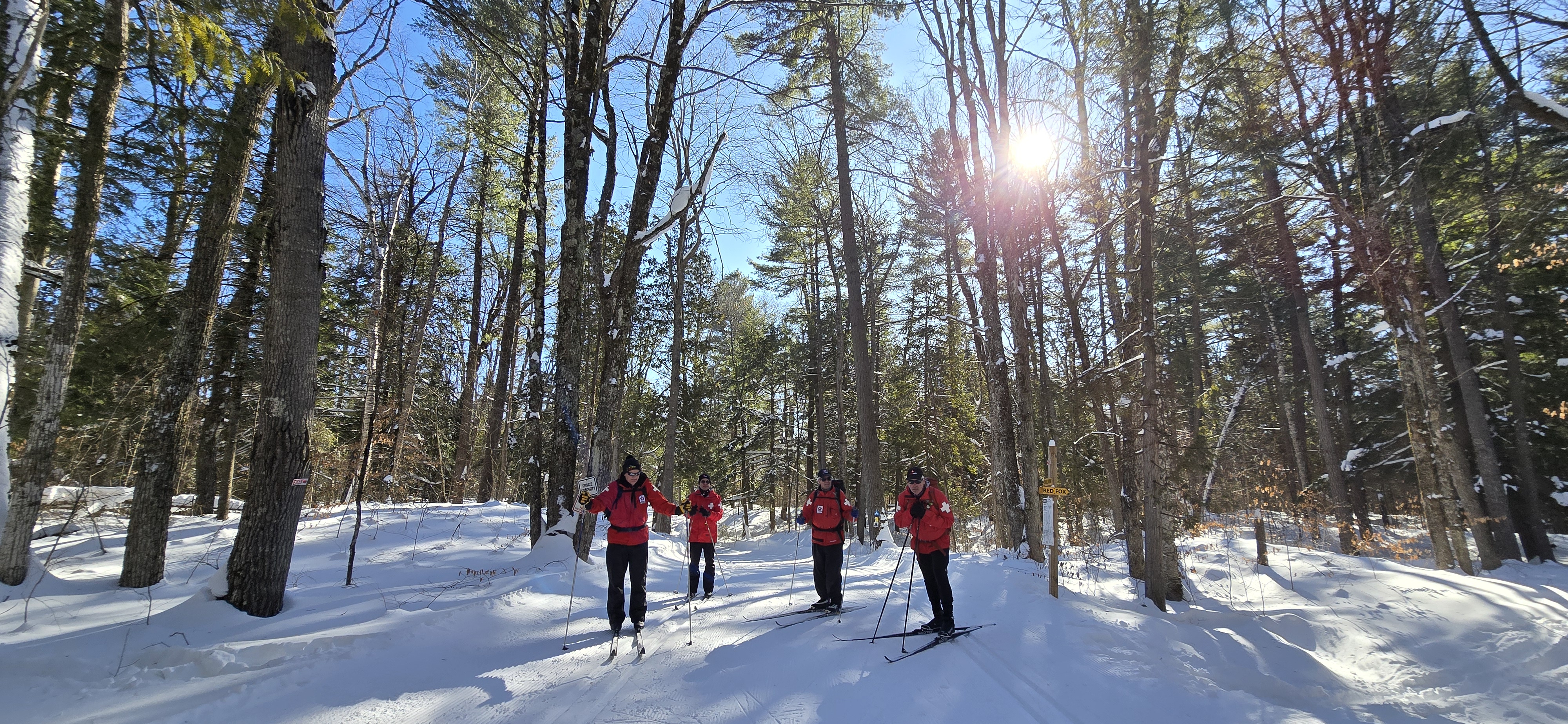
How to be part of the Canadian Ski Patrol (CSP)
Got a love for snow sports? Or you don’t currently ski or snowboard but enjoy cycling or motorcycling and helping people (more on this in a bit)? Here’s a quick step-by-step on how to get started with being part of the Canadian Ski Patrol:
- Head over to https://www.skipatrol.ca/join/
- Find the ski resort where you’re interested in patrolling at. When you click on it, it’ll redirect you to the registration page for the CSP zone the ski resort is part of.
- Sign up, and a member of the CSP from that zone will contact you. You’ll then be redirected to the local zone or division website if one exists. For example, as a patroller at Highlands Nordic in Duntroon, Ontario, I’m part of Central Zone, Ontario Division.
- The member of the CSP from that zone will give you more information about when the training course and can answer any questions you may have about CSP 😊
To get an idea of the timeline:
- You can sign up anytime, but the CSP training (8 weeks long) typically takes place during the off-season. The dates for the training are usually listed in August and run from September to October.
- Upon successful completion of the training and all the testing involved, patrol leaders from the ski resort work with the new CSP members with orientation, resort-specific training, on-snow training, etc.
- The snow season is from December (November if we’re lucky and get snow early) to the end of March (if the snow sticks around).
- Onboarded patrollers then complete recertification and renewal in the off-season to stay as active CSP members and be ready to restart the patrol fun when the snow falls again!
- Follow the national, division or zone-specific social media pages and accounts for more information throughout the year on special events, fundraisers, and other opportunities to meet the CSP team in your area.

Tips from Canadian Ski Patrol (CSP) Leaders
I asked my patrol leader, Andy, and other current and past patrol leaders for their tips for aspiring and new patrollers:
- Andy: “Talk to a patroller in the local area where you’d like to ski. Ask them what it’s like to be a patroller there. Ask to tag along for a couple of hours or a day to see what patrolling is about. You will meet nice people. It all starts with the realization that you like helping people and want to be another enthusiastic skier who can deliver a service to the skiing public with pride, professionalism and passion.”
- Chris: “Talk with your more experienced colleagues – you do not have to ‘discover’ everything through your own direct experience. Learning from colleagues can be a lot less ‘painful’.”
- Mark: “Take the training seriously. Commit to continual learning and share your experiences with other patrollers.”
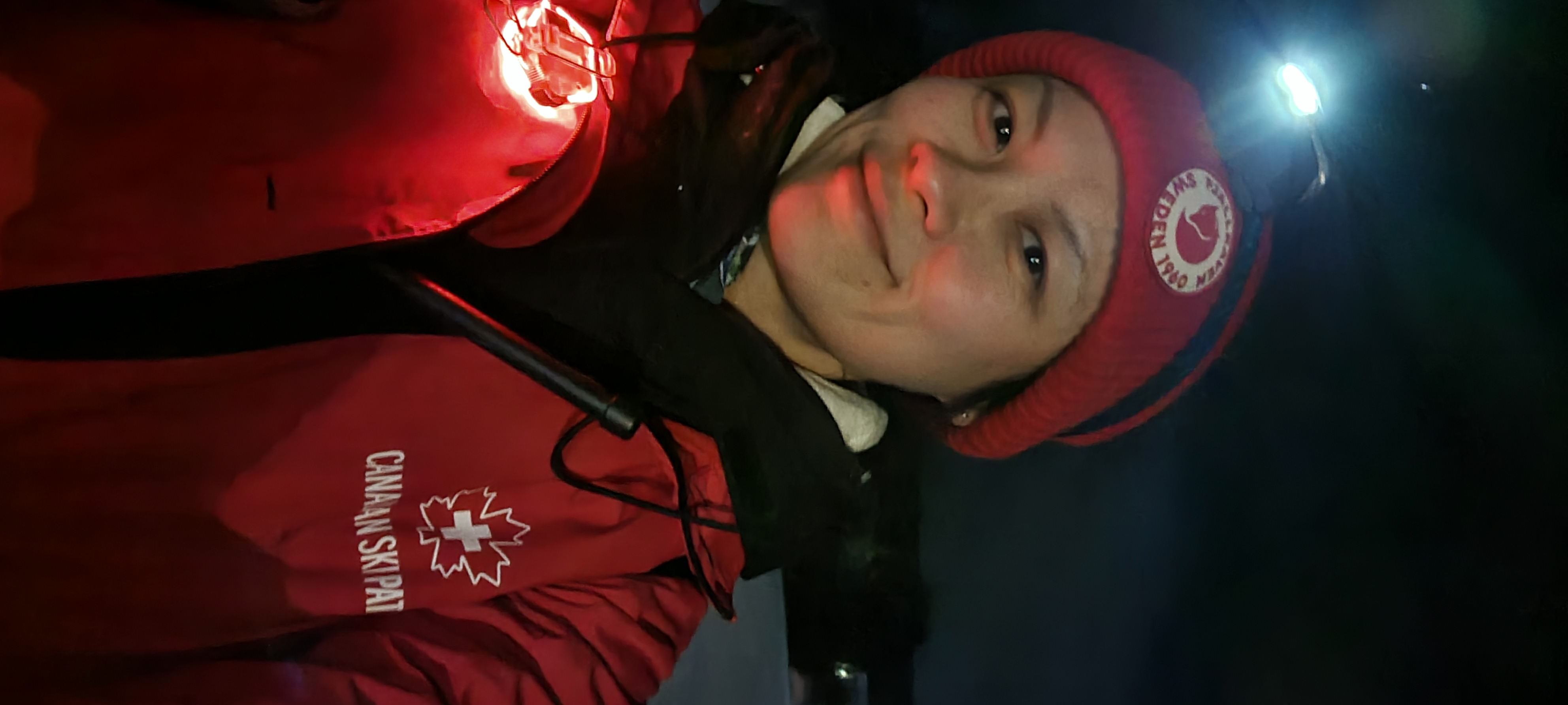
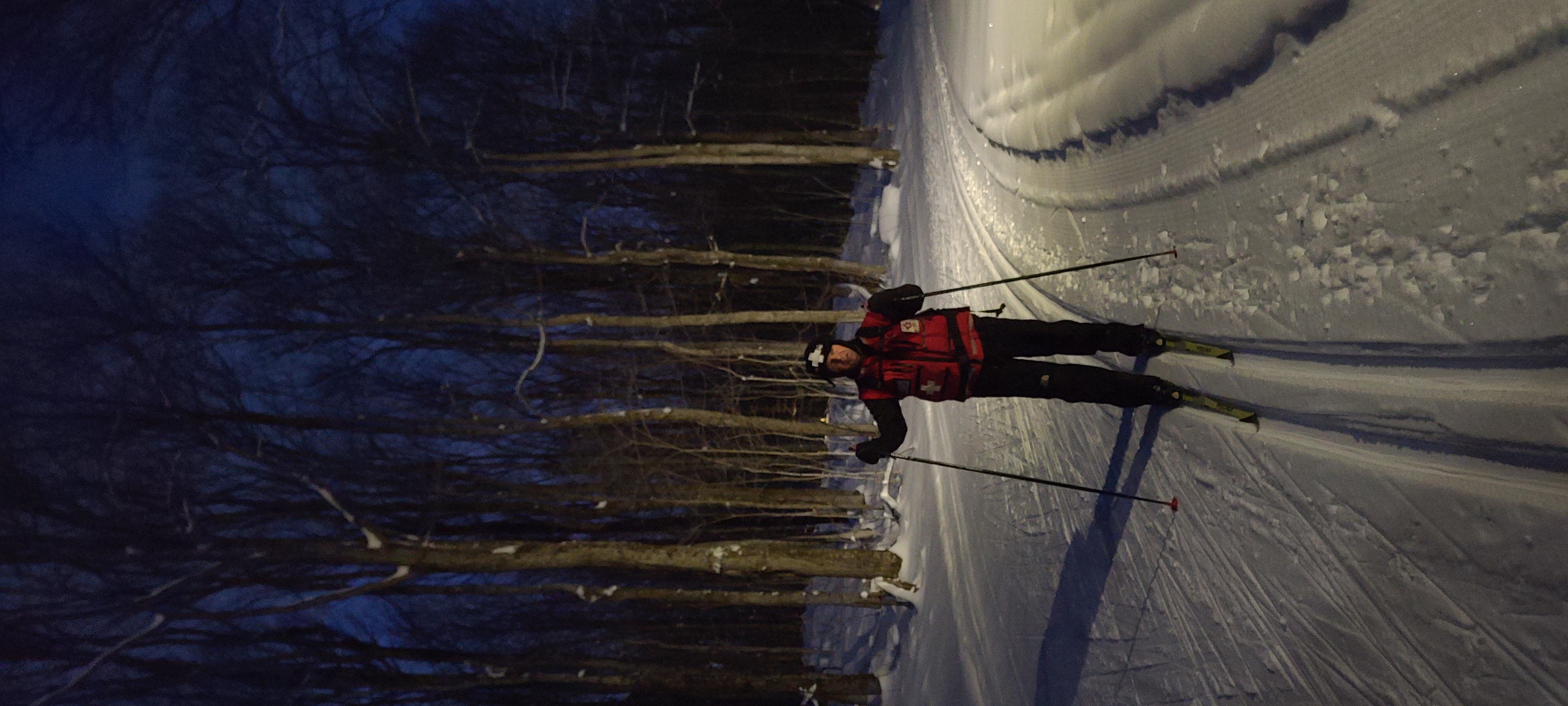
A list of Nordic resorts in Ontario with CSP cross-country patrollers:
- Hiawatha Highlands, Sault Ste. Marie – Sault Ste. Marie Zone
- Hidden Valley Highlands Ski Area, Huntsville – Muskoka Zone
- Highlands Nordic, Duntroon (Collingwood area) – Central Zone
- Kamview Nordic Centre / Thunder Bay Nordic Trails – Superior Zone
- Kawarthas Nordic, North Kawartha (Peterborough County area) - Kawartha Zone
For a list of Ontario Division resorts with alpine and Nordic patrollers, visit https://www.skipatrol.ca/ontario/
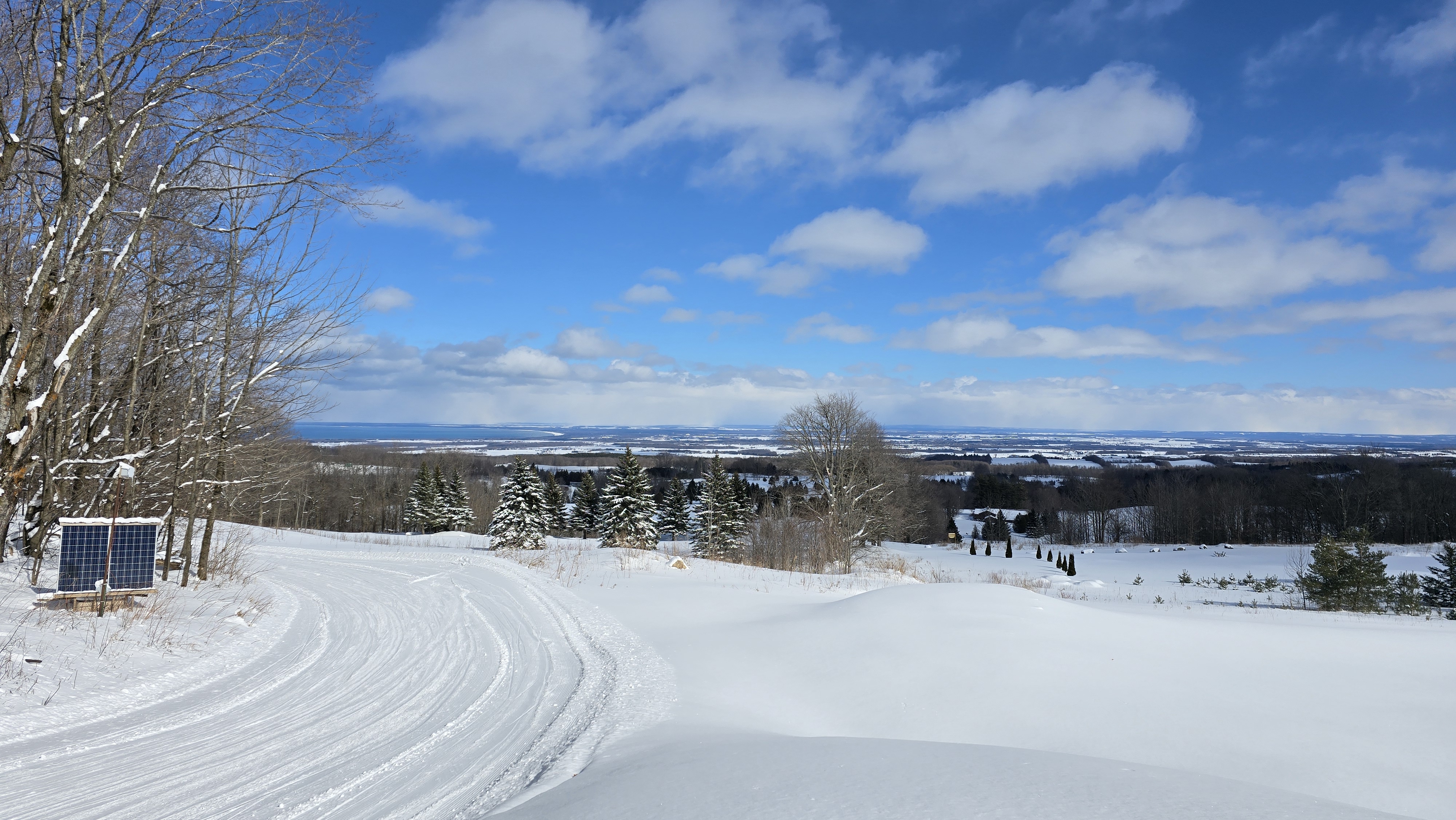
Other ways of being part of CSP that don’t involve snow or snow sports
Not a fan of the snow or cold? Don’t ski or snowboard (well enough yet)? Or do you want to help people all year round? You can still be part of the Canadian Ski Patrol community by becoming a 4-Season Event patroller. Four season event patrollers go through the same training, but the difference is that they do not necessarily have a dedicated resort as the venues change.
The CSP’s Central Zone Motorcycle Emergency Response Unit (M-ERU) are certified CSP patrollers passionate about motorcycle riding, and it supports different road events in the summer months. It is the first Motorcycle ERU in North America to be part of the International Fire & EMS Motorcycle Response Unit Association.
The CSP also has a Bicycle Emergency Response Unit that works closely with the M-ERU.
As the on-snow ski patrol season wraps up this year, I am hoping (like I do every year) that the snow comes back early (fingers and toes crossed for end of October, maybe? 😊)

Where will your love for winter or love for snow sports take you?
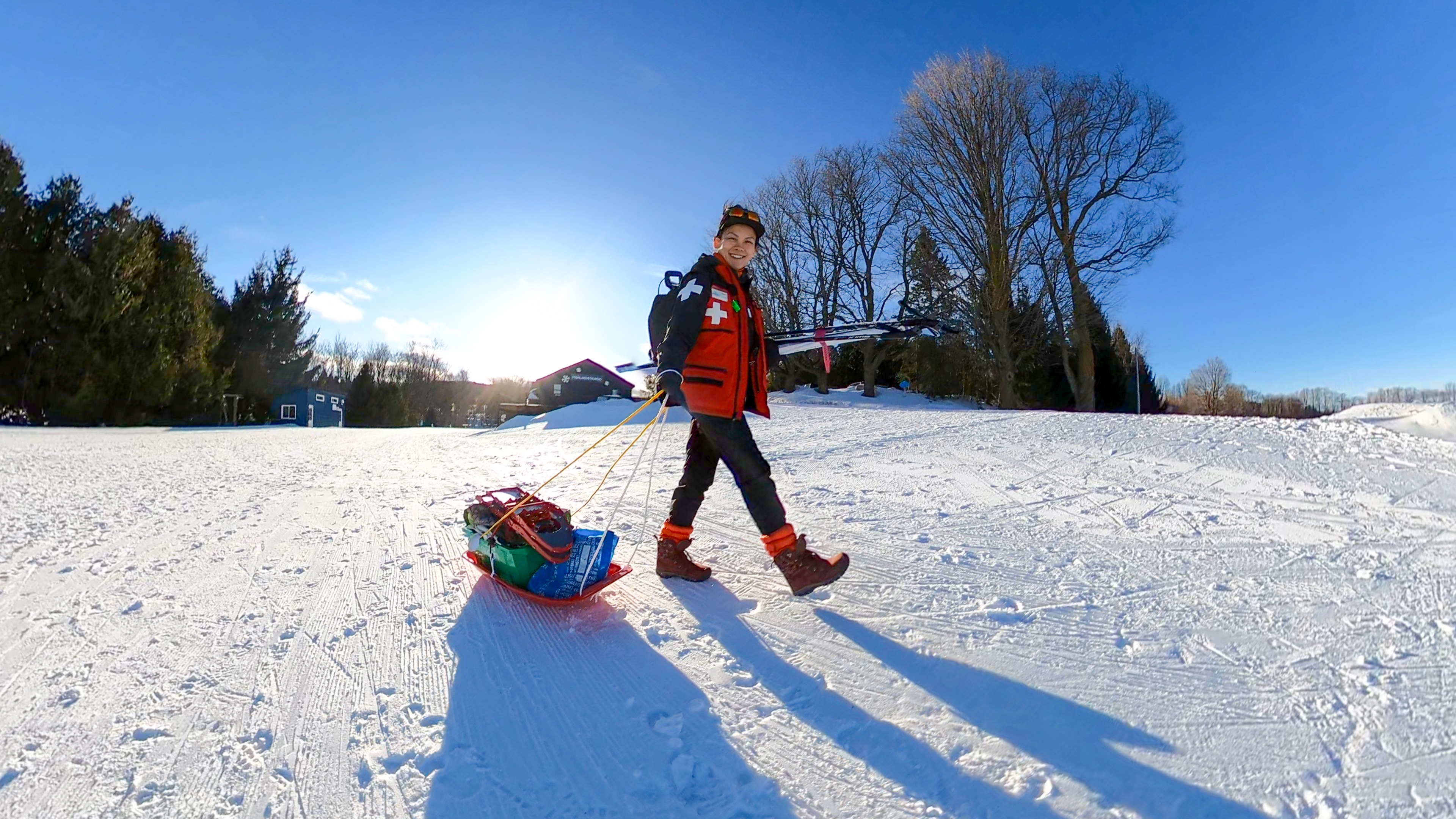
A big thank you to Andy for training me and being the biggest inspiration for Nordic patrolling since day one!
Recommended Articles
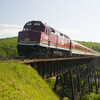
Top 10 Things To Do in Northern Ontario
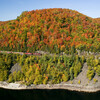
See the Leaves Change: Fall Colour Report Ontario 2025
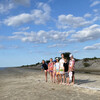
7 Amazing Northern Ontario Islands You Must Visit

The Agawa Rock Pictographs

6 Dark Sky Preserves in Ontario

Best Vinyl Record Stores Ontario (That aren't in the GTA)

The World's Smallest Record Store Is Not Where You'd Expect
The Northern Ontario Beer Trail: 8 Essential Stops For Beer Lovers

12 Times TikTok Was So Northern Ontario
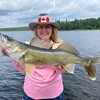
7 Species Worth Fishing for in Ontario
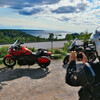
10 Sights To See By Motorcycle In Northern Ontario
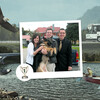
A Road Trip to Red Lake
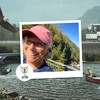
The Eagle

Pride Events in Northern Ontario 2025
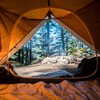
How to Book a Campsite in Ontario

9 Films About Northern Ontario You Have To Watch

7 Stompin’ Tom Connors Songs About Northern Ontario

17 Amazing (and Random) Vintage Ontario Tourism Ads That Will Definitely Make You Want to Travel This Summer
